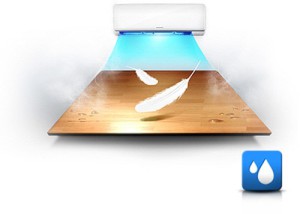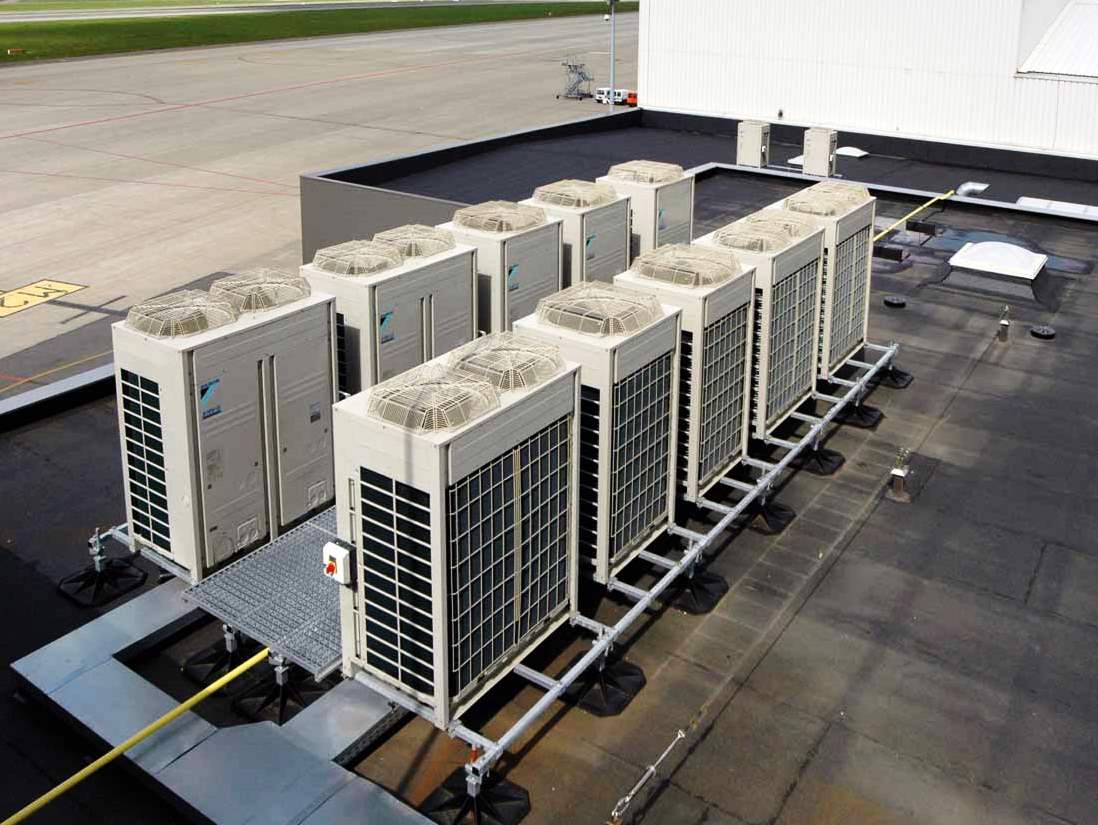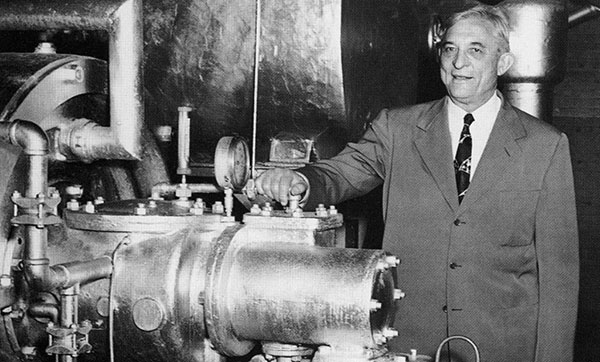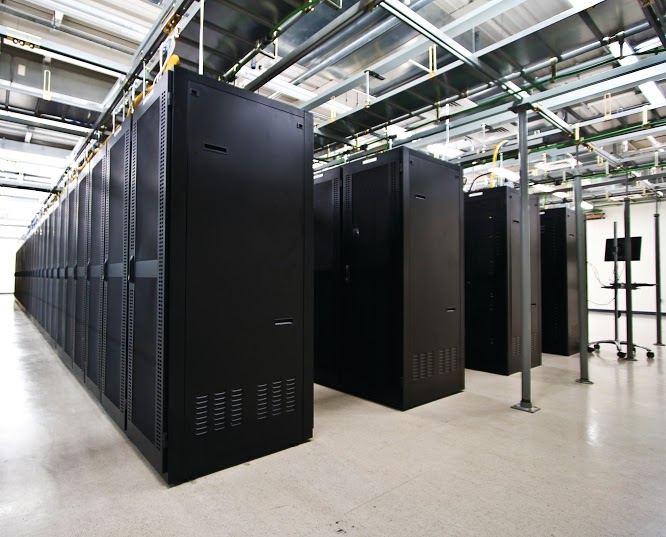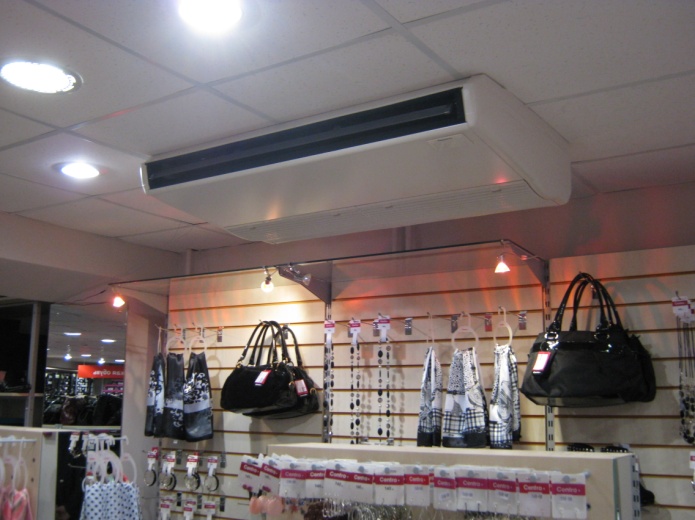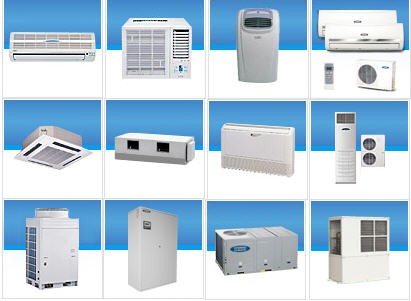Any air conditioner reduces air humidity. But only air conditioners with dehumidification can fully regulate this process.
Does the air conditioner need dehumidification mode?
The dehumidifying air conditioner keeps the humidity within the optimum range. Not overdrying the air (too dry is harmful to the skin and respiratory system), but also not allowing the humidity to rise.
The dehumidification mode of the air conditioner allows you to simply dry the air without cooling or heating it. And this is the main feature of this technique.
How does the dehumidification mode work?
The principle of operation of the air conditioner dehumidification mode is simple. Warm air enters the ice heat exchanger (freon in it). In the process of heat release, water from the air condenses on cold surfaces. Moisture accumulates in a special tank and is discharged outside the premises through a drainage system. This is how any air conditioner works.
But the principle of air dehumidification with an air conditioner with a special function is somewhat more complicated. However, the best models do this by changing the temperature by less than 10 degrees.
This is achieved by special operating modes. The equipment starts up in cold mode. As soon as the heat exchanger is cooled to the maximum, the fan blades go to low speed. The heat exchanger is blown very slowly. As a result, the water condenses, but the air temperature remains at the initial level. Sometimes the fan stops altogether.
Nevertheless, cold air still enters the room. Therefore, manufacturers go to a wide variety of tricks to reduce this effect. For example, heat exchangers are equipped with special valves that block the access of the refrigerant to the lower part. Thus, one part of the heat exchanger is cooled and the air conditioner dries the air, after which it enters the warm part and its temperature is restored.
The air dehumidification mode is provided only for models of climatic equipment from the best manufacturers (Daikin, Panasonic, Mitsubish Electric and others).

